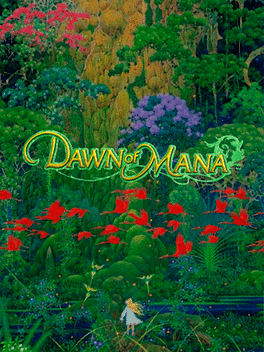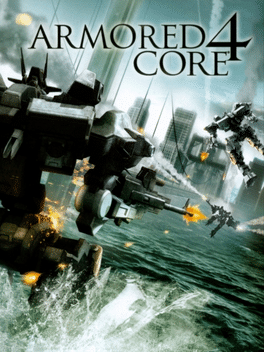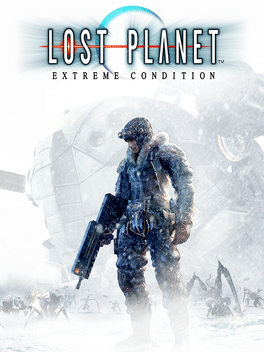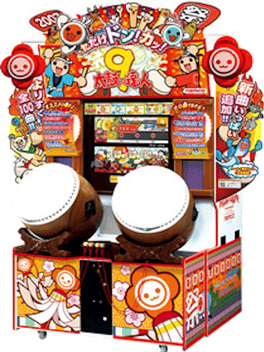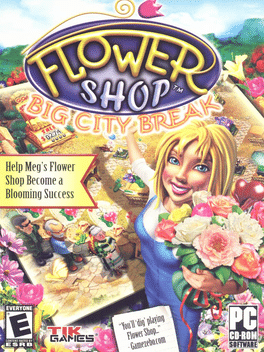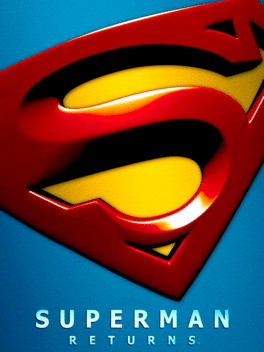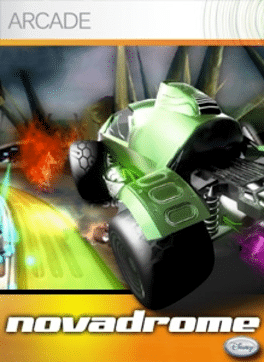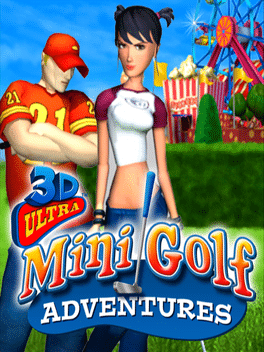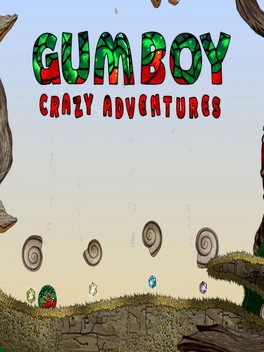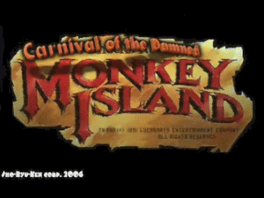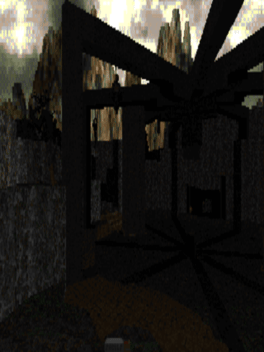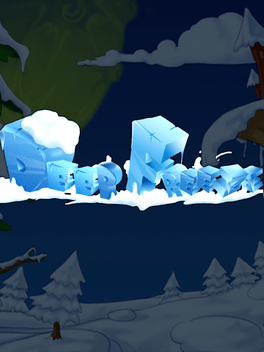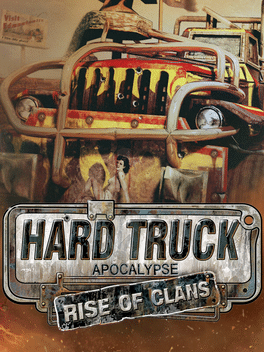New Games - Page 10190
-
Dawn of Mana
2006
Dawn of Mana
2006
star 3.7Dawn of Mana, as the title suggests, focuses on the origins of Square's Secret of Mana action RPG series, touching upon the genesis of both the Mana Tree and the Sword of Mana. The game takes place on the once idyllic island named Illusia, where the life-giving Mana Tree has dried up and turned to stone. In desperate need of a hero, Illusia calls upon one of its own to save the land from a dire threat. Players will guide this young warrior on an epic quest that will have them adventuring across a completely 3D world for the first time in the series. From majestic plains to towering mountains, the interactive environments in Dawn of Mana offer an assortment of places to visit, characters to meet, and creatures to battle. The combat system once again unfolds in real-time, with players able to jump, slash with a sword, fire projectiles, and even swing a whip that can attach itself to objects. -
The Mark
2006
The Mark
2006
The Mark is an action first-person shooter with a plot about fanatical terrorists planning the ultimate strike. From the son of a Russian millionaire, they have obtained a nuclear warhead, and from Iraq, a carrier rocket. Their target: London, England. Two specialists have been called to stop the madness. For Steve Fletcher, a U.S. Marines elite officer, it is also a personal vendetta – the terrorists have kidnapped his sister. For mercenary Austin Hawke, it is the assignment of his life. Their respective routes through the game are slightly different. The game features 2 single-player campaigns, each with 18 levels in 6 different chapters, with 15 different weapons. In the single-player mode players choose either to play as Fletcher or Hawke, or both simultaneously in the cooperative multiplayer mode. There are also other multiplayer modes, such as Death Match or Map Control and players can create their own multiplayer maps with the included level editor. Screen blur is incorporated for realistic shot effects. -
Ys Origin
2006
Ys Origin
2006
star 8700 years before the events of Ys I & II, the land of Ys was on the brink of destruction. Demons came in droves and forced the twin Goddesses who ruled the land to whisk their subjects away from the surface, into the safe embrace of the clouds. The demons were persistent, however, erecting a massive tower in pursuit. The battle that raged upon the ground had begun ascending for a second round up above. One day, amidst this turmoil, the Goddesses stole away into the night, vanishing from Ys altogether. And there's only one place they could have gone: the Devil's Tower. A search party of knights and sorcerers was hastily formed and dispatched to the surface in hopes of retrieving these runaway deities. Among its members were apprentice knight Yunica Tovah and troubled sorcerer Hugo Fact. This is their story. Or at least, it's how each of them remembers it. Expanding upon the gameplay elements introduced in Ys: The Ark of Napishtim and further developed in Ys: The Oath in Felghana, Ys Origin perfects the formula by -
Armored Core 4
2006
Armored Core 4
2006
star 7Armored Core, the mech action game that defined the mech genre is back to take on next-generation platforms! Armored Core 4 reinvigorates the brand by offering an all-new storyline, new environments, and online capability. The 10th anniversary of the acclaimed franchise is punctuated with a leap to next-generation platforms that will ensure a new quality level in both gameplay and visual performance. -
Lost Planet: Extreme Condition
2006
star 7.2The game is played through a third person over-the-shoulder view. Players are allowed to switch between first person and third person at any moment. Players either travel on foot or ride various types of mechanized suits called Vital Suits (VSs). VSs carry heavy weapons such as chainguns and rocket launchers. They can pick up weapons lying on the ground and fire multiple weapons at once. On foot, players are able to use a grappling hook to pull themselves up to normally hard-to-reach places, or to hook onto a VS and hijack it. Driving VSs and using certain weapons requires thermal energy. Also, the planet's cold temperature causes the characters' thermal energy level to continually decrease. Players can replenish their thermal energy level by defeating enemies or activating data posts. Data posts also allow players to use their navigational radars to see incoming enemies. Each of the 11 levels is accompanied by a boss, which can be either a VS or a large Akrid. -
Taiko no Tatsujin 9
2006
Taiko no Tatsujin 9
2006
A sequel to Taiko no Tatsujin 8, practically identical to its predecessor other than a few new songs added reaching the milestone of 100 songs in a single Taiko game, the removal of the Song Select mode, and one last modifier called Abekobe was added. -
3D Ultra Mini Golf
2006
3D Ultra Mini Golf
2006
A polygonal game of minigolf that sets it's holes in exotic locations like the moon. -
Superman Returns: The Videogame
2006
Inspired by the Warner Bros. Pictures feature film and more than 60 years of DC Comics' lore. As the Man of Steel, you’ll hone your unworldly super powers such as Flight, X-Ray Vision, Heat Vision, Super Hearing, Super Strength, Super Speed, and Super Breath to fight villains that only Superman can defeat. -
Sam & Max: Save the World - Episode 2: Situation Comedy
2006
star 8.2Talk show host Myra Stump has gone berzerk! Sam & Max head down to the WARP TV studio to find out why she's holding her audience hostage. But getting onto Myra's stage isn't going to be easy. First the Freelance Police will have to prove they're worthy of fifteen minutes of fame. -
Novadrome
2006
Novadrome
2006
star 5Blast, smash and crash your way to victory as you fight friends and foes alike for survival in the combat-driving, multi-player arenas of Novadrome! Choose from frantic 8-player gameplay or single-player combat driving action set in a far-out alien world. Play against your friends and blow them up for only 800 points! 24 distinct off-road buggies to choose from, 15 arenas of non-stop action, and 6 event types for pure Novadrome fun! -
Railfan
2006
Railfan
2006
The first PS3 installment of Ongakukan's Train Simulator series. It features three different rail lines - JR East's Chuo Line between Mitaka and Tokyo, the Keihan Electric Railway's Main Line between Demachiyanagi and Yodoyabashi, and the Chicago Transit Authority's Brown Line between Fullerton and the Loop. In a first for the series, it features full HD video, as well as the ability to view the train from an external viewpoint. In addition, the game also features a "Densha de Go!" mode emulating the gameplay of that series. -
3D Ultra Minigolf Adventures
2006
star 5Whether you're a seasoned player or just a beginner, get ready to tee off for a quick and fun match with four animated stylish characters. Putt your way through 36 fun-filled holes of minigolf on 3D designed courses with elevated greens, bunkers, bridges and water hazards, among other crazy obstacles. -
Guilty Gear XX Accent Core
2006
star 7.8Λ Core also underwent the first major aesthetic change for the series since the original release of Guilty Gear XX. In addition to a new opening movie and a redesigned menu, all voices, including that of the announcer, have been re-recorded (or replaced with previously unused samples), sometimes by different actors. The playable characters artwork was also redone, and two new music tracks, Launch Out and Keep The Flag Flying, were added. Since this revision has been made to balance the game, two characters deemed illegal by tournament standards, Justice and Kliff, were removed from the game's playable roster. -
Gumboy: Crazy Adventures
2006
star 5Gumboy has fun and novel gameplay set in a richly imagined world. With simple game controls, Gumboy lets the player bounce, roll, float, and fly through the world. Additionally, Gumboy can change size, shape and material. -
Songs of the Damned
2006
Songs of the Damned
2006
Songs of the Damned is a single-level PWAD for Doom II released in 2006. It was designed by Trevor Primmett (iori) for Boom-compatible source ports. -
Deep Freeze
2006
Deep Freeze
2006
Freeze your enemies with your water gun and stop the bad guys from ruining Christmas. -
Full Pipe
2006
Full Pipe
2006
star 6The game revolves around navigating a main character named Dude from the third-person perspective about a secret landscape under his bed in search of a lost slipper. The game is in 2D and consists of a number of puzzles centered on using items collected and interacting with other NPCs. There is no dialogue in the game and the difficulty often derives from trying to determine why a character behaves in the way it does. Solutions to the puzzles are often illogical, in keeping with the atmosphere of the game which has been described as psychedelic. -
Hard Truck Apocalypse: Rise of Clans
2006
star 7Hard Truck Apocalypse: Rise of Clans - is an addon to a vehicular Action/RPG set in an alternate future. New heroes and mysteries await you in the vistas of a post-apocalyptic North America. Special customization features, new types of weapons, and hi-tech bosses will immerse you even deeper into the ruthless world of Apocalypse, and your extreme driving skills will serve you well in its new multiplayer mode.

